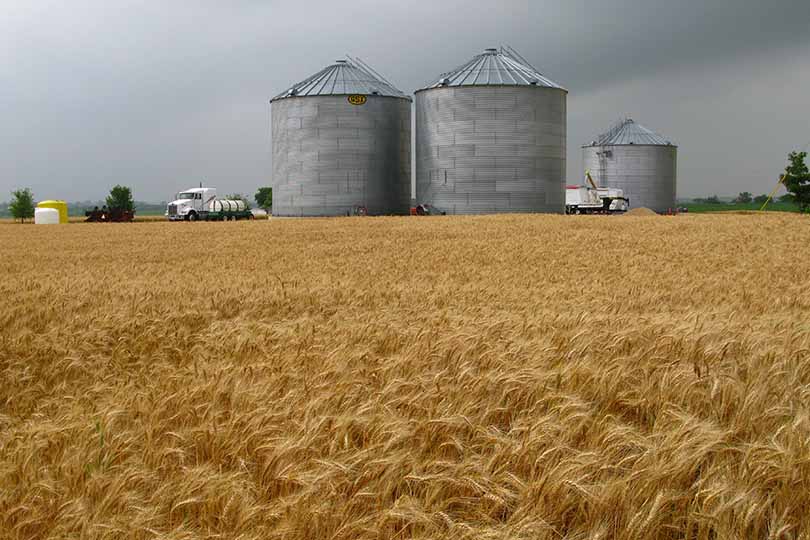By Jessica Domel
Multimedia Editor
The next farm bill may be at least two years away from implementation, but lawmakers in Washington, D.C. are already hard at work trying to determine what should be included in the next bill.
The House Committee on Agriculture’s Subcommittee on General Farm Commodities and Risk Management held a hearing to examine the effectiveness of farm policy April 4.
Farmers and representatives from agricultural organizations shared the importance of commodity policy and crop insurance.
“Between disasters caused by Mother Nature and the predatory trade practices of foreign governments, American farmers are often faced with challenges completely outside their control, which is exactly why sound farm policy is of critical importance,” Agriculture Committee Chairman Mike Conaway said.
Witnesses represented the cotton, rice, peanut, canola and sugar industries.
“The struggles of the cotton industry provide a perfect example of why all commodities need adequate risk management tools, including both commodity policy and crop insurance, to help them weather the bad times that come their way,” Conaway said.
The Subcommittee on Commodity Exchanges, Energy and Credit held a hearing that same day to evaluate the effectiveness of credit programs administered by the U.S. Department of Agriculture’s Farm Service Agency (USDA FSA).
Representatives from credit institutions spoke about current credit conditions and whether or not farm bill credit programs impact credit availability for farmers, ranchers and forestry owners.
“Due to the downturn in the farm economy over the last four years, access to adequate credit is more essential now than ever for America’s farmers and ranchers,” Subcommittee Chairman Austin Scott (R-GA) said. “We must ensure that the agricultural credit policies currently in place are working and providing the liquidity producers need to meet day-to-day operating expenses.”
Scott said along with a strong farm safety net, credit availability is a tool agriculture cannot afford to lose.
Current dairy policy was also explored. The House Agriculture Committee heard from industry representatives March 22.
“While net farm income for the entire agricultural industry has fallen 50 percent over the past four years, the nation’s dairy industry is in a particularly unenviable position,” Conaway said.
After reaching record high milk prices in 2014, prices dropped drastically in 2016 from $24 per hundredweight to around $16 per hundredweight.
Conaway said the farm safety net is designed to offset bad times like those, but the underperformance of the Margin Protection Program left dairy farmers with virtually no assistance.
“In addition, our farmers also face entry barriers from foreign competitors designed to keep out U.S. dairy products,” Conaway said.
Cotton’s absence from Title 1 in the 2014 Farm Bill was also noted.
Congressman Jodey Arrington (R-TX) told the committee cotton is in a real crisis and needs a viable safety net.

